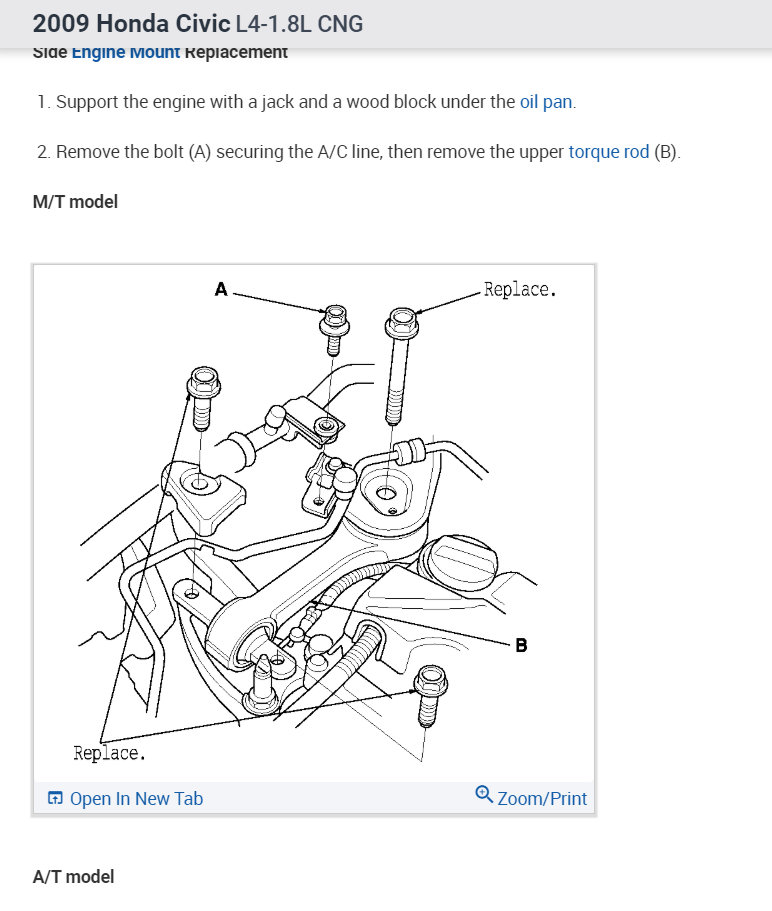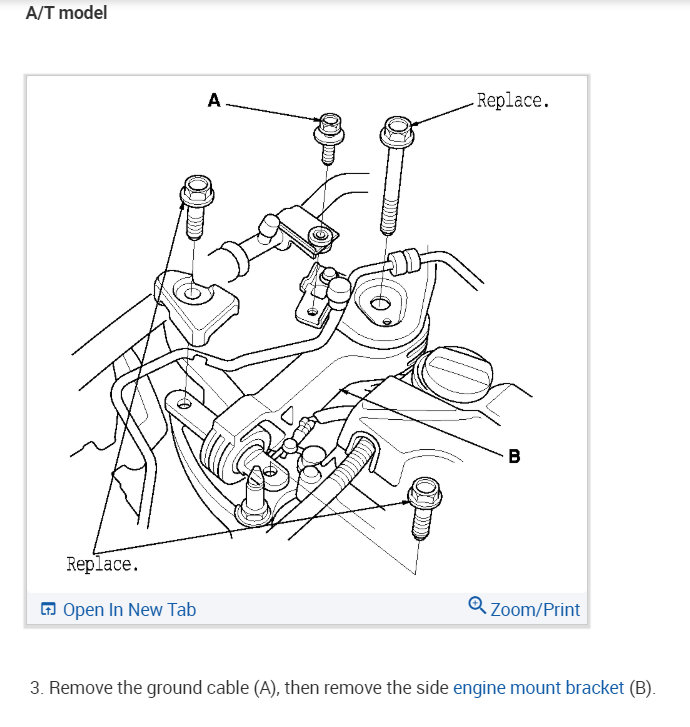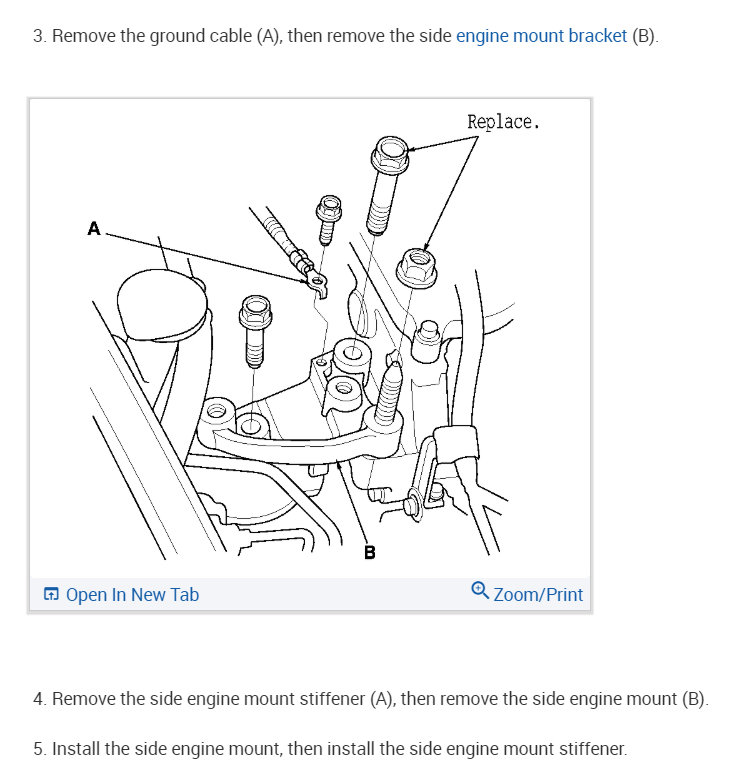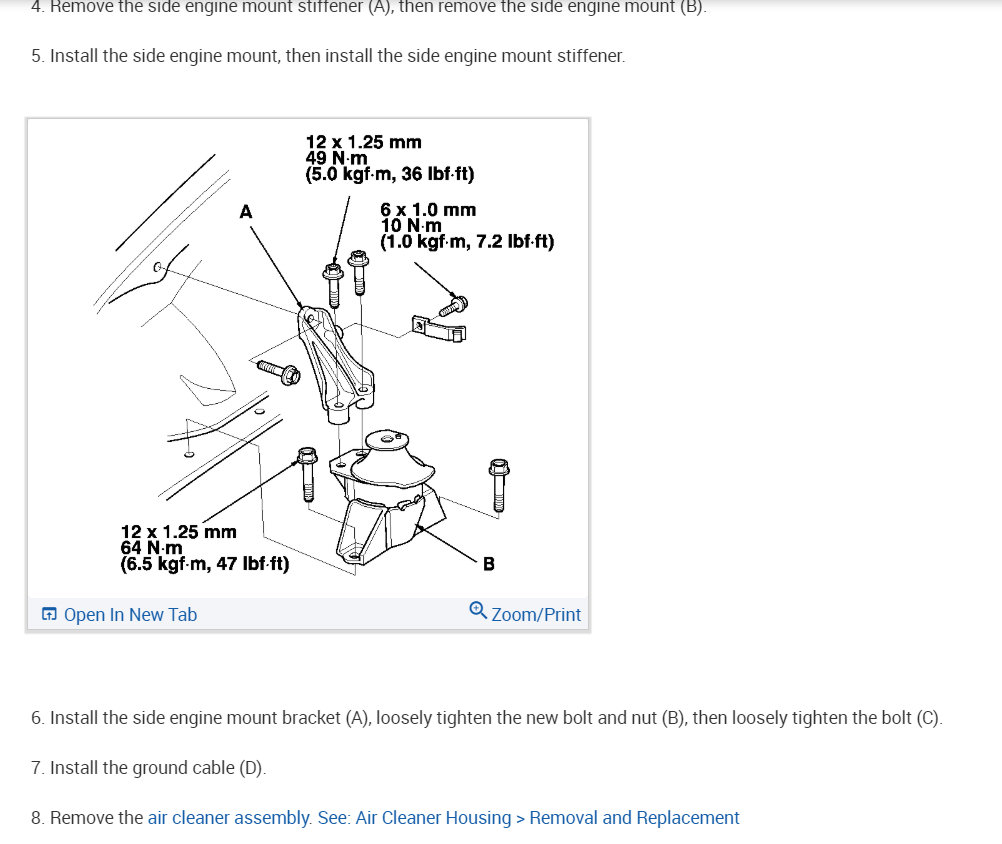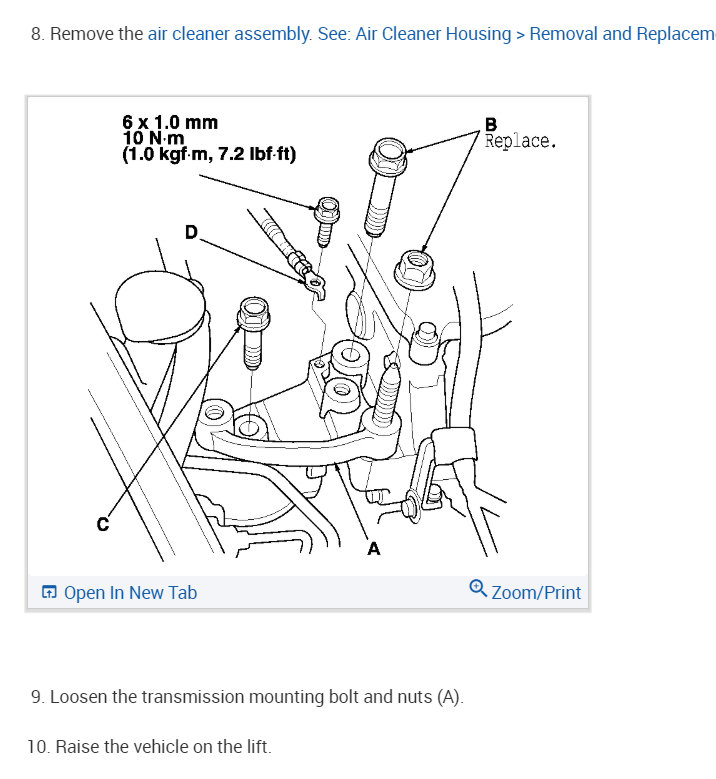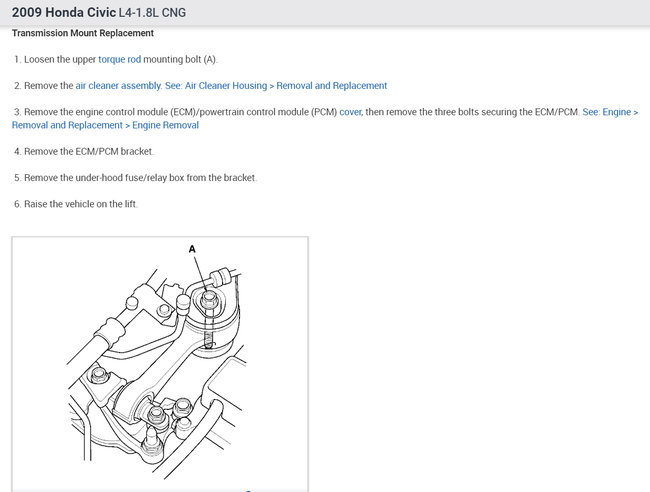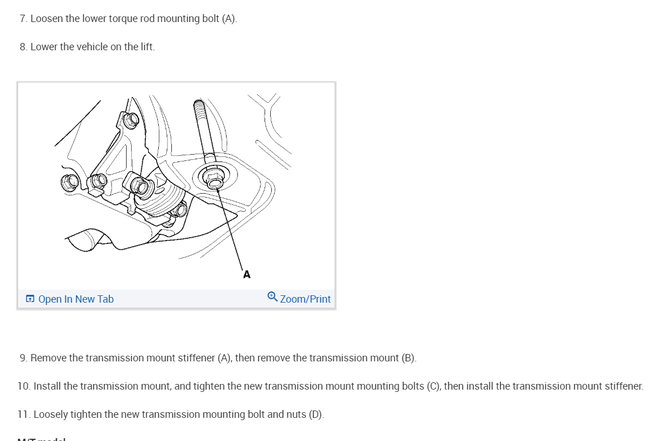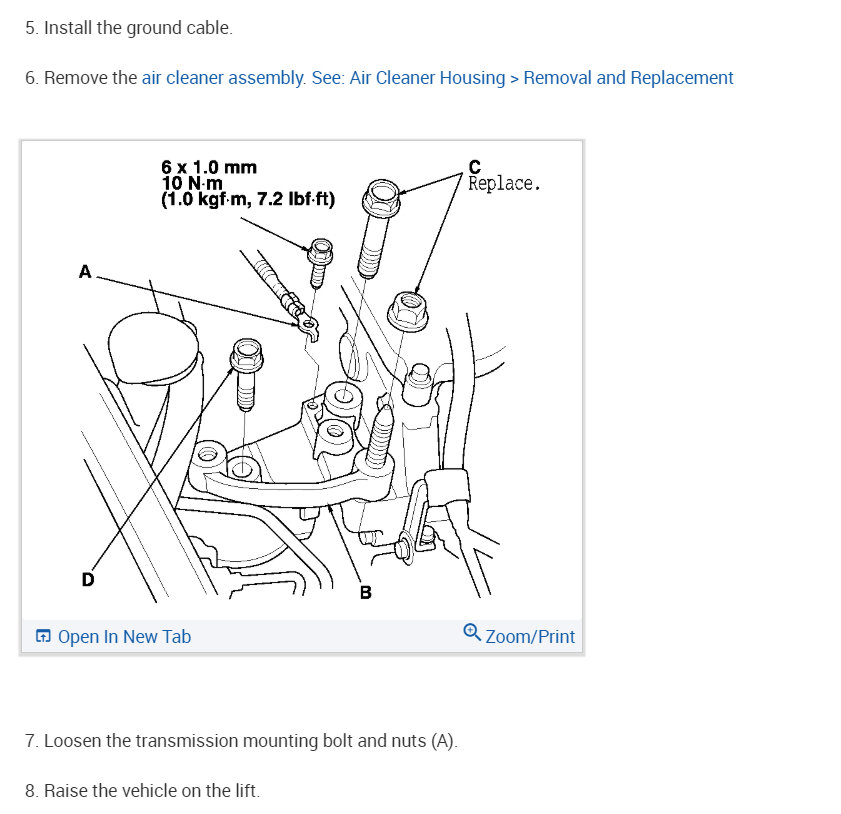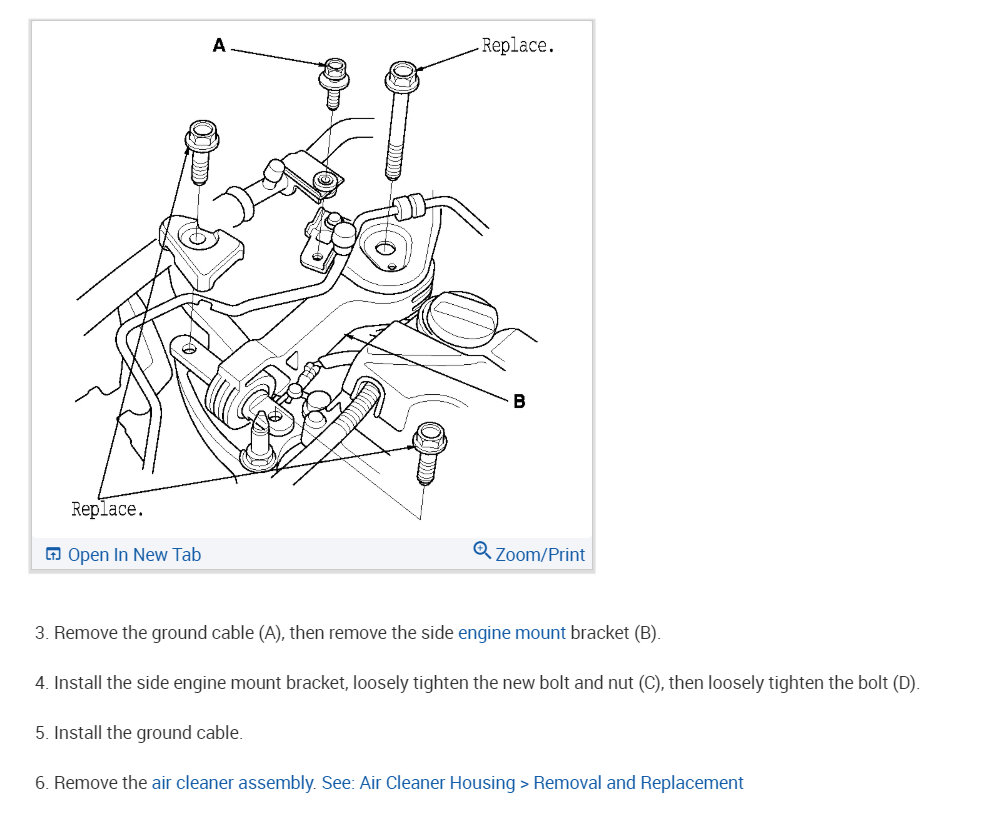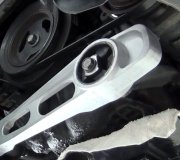No matter what I recommend, there will be professionals who disagree. My opinion is a flush is a good value when the transmission fluid has been contaminated, most commonly with antifreeze and water after the transmission cooler built into one of the radiator's tanks corrodes through and leaks. The transmission fluid, being a petroleum product, will rot the heater and radiator hoses from the inside, but that takes some time, as in weeks or months. Antifreeze in the transmission will melt the soft first layer of metal on the bushings the clutch packs spin on. It's more important to get that contamination out of the transmission. The same problem can occur with the connecting rod and crankshaft bearings in the engine when a blown head gasket allows engine oil and coolant to mix.
When the transmission flush is not a good value, in my opinion, is when mechanical damage or wear has already taken place. Failure to move in any gear, "engine runaway" between gears, meaning during an up-shift, a failure to up-shift beyond a certain gear, are just a few of the symptoms someone might encounter. If this was an older hydraulically-controlled transmission, a tiny piece of debris could get caught in one of the shift valves and prevent it from moving. Some of them are spring-loaded, and some move one way or the other by pressurized fluid applied to them, I suppose a flush might dislodge that debris, but first, that is not very common, as the filters do a pretty good job, and second, those valves aren't being activated when the engine isn't running, so no fluid will be moving to wash the debris out.
Some people believe at high mileage, the fiber friction material from the fiber clutch plates has been torn off over time, but it circulates with the fluid, then, when a clutch pack is applied, that material causes enough friction for the assembly to lock up like normal. When you flush the old fluid out, you remove that grit, and that's when the problems start. I suspect those transmissions had severe wear and those mechanics and customers expected the flushes to solve those problems. When those problems weren't solved, or became worse, it left a bad taste, and those people no longer trusted the flushing procedure.
I'm further inclined to not believe that theory because any grit that circulates in the fluid had to get through the filter, then it would tear up the rubber lip seals in each of the clutch packs. When those seals leak, it would be similar to having no piston rings on the pistons in your engine. The engine might still run, but it would really be down on power, and there would be really excessive blowby. In the transmission's clutch pack, the fluid leakage would prevent the piston from applying sufficient pressure to the plates to make them lock up / engage.
My opinion is if there already is wear or other internal damage, no flush is going to magically fix that. If there are no symptoms or problems, a flush is not a good value and has little benefit as a regular maintenance procedure. I can think of one example where it might be the best approach. Some years ago I was experimenting with the cruise control servo on my '88 Grand Caravan. I connected three test lights that I could watch during a test-drive. What I didn't realize is at least one of them provided a ground for the vacuum valve, so as soon as I started the engine, the servo pulled the throttle wide-open! Without sharing the entire story, I had gone about 14 years without changing the oil or transmission fluid, and I drove for many years without ever reaching more than about three quarter throttle. Chrysler used a linkage from the throttle body to the transmission to physically move the "throttle valve" in the transmission, but it is spring-loaded to return to the closed-throttle position. That valve fights with the governor valve, which just responds to road speed, and between them, they decide when a shift should occur. What I figured out later is by never changing the transmission fluid, it began to turn to varnish, and that coated the bores the valves slid in. By never hitting wide-open throttle, that valve never traveled through part of the bore to scrape that varnish off. When the cruise servo pulled it wide-open, the throttle valve went through that varnish, then got stuck there. While driving slowly, that stuck valve made it look like I was near wide-open throttle. The symptom was a badly-delayed up-shift, as in under light throttle, it shifted to second gear at around 35 mph instead of around 15 mph, and it would down-shift at too high a speed when slowing down.
I managed to drive the van like that, and the problem gradually went away over about six months. The point of this sad story is typically the first part of a transmission flush is to add a bottle of highly-concentrated detergent, then drive the vehicle for about ten miles to circulate it through all the valves and clutch packs. That detergent gets flushed out along with whatever it dislodged. That service might have solved the sticking valve sooner than letting it clear up on its own over many months.
I should also mention a different flushing procedure. Every manufacturer now has their own version of a computer-controlled transmission. Chrysler developed the first one for the '89 model year, along with a long list of other innovations, and they worked just fine at first. One of the most common problems they had was caused by "tolerance build-up". Every clearance or measurement had an acceptable range, but in too many cases, each of those were off to the same side, so when you added up all those tolerances, with just a little extra wear, it was possible for a shaft to move toward one end just enough that the sealing ring no longer ran on the machined surface it was supposed to seal to. The computer would detect the slippage and put the system into "limp" mode, in which it stayed in second gear so you could drive it slowly to a repair shop without needing a tow truck. The problem occurred when people tried to drive the vehicles that way for too long. Eventually bushings would start to come apart, and that debris usually found its way into the cooler inside the radiator. The engineers traced repeated transmission failures to that debris plugging the cooler. By this time there had been many updated parts developed to address the tolerance build-up issue, and it was less expensive to just install a Chrysler rebuilt transmission than to try to do all those updates yourself. To address the repeat failures, they developed a small pump we were to use at the dealership to flush the cooler and get that debris out. That cut the failure rate to almost nothing. The flushing procedure your mechanic wants to do might get that debris out too, but consider all the passages and valves it has to flow through before it gets expelled, and hope no chips get stuck and left behind to do damage later. Flushing just the cooler with their pump washed it out without that gunk going into the transmission.
To my knowledge, no car manufacturer recommends a transmission flush, but they do specify a mileage interval for a fluid and filter change. A common transmission might hold 12 quarts of fluid, and typically only half of that drains out when the pan is removed to replace the filter. Adding six quarts in this case, is considered to have sufficient new additives to protect the internal parts.
Part of the reason the cost is so high for the flush is it is done by pumping new fluid into and out of the transmission, and it is not reused. They might use 15 quarts of fluid that goes in, then out to the waste oil bucket. They can't do that with other chemicals because some of that might still be in there when they're done. By using fresh new transmission fluid, only fresh new fluid will be in there when they're done. Also be aware that most of the flush machines pump in the exact amount they pump out. If there was a leak, or for any other reason the fluid level was, lets say, two quarts low when they started, it will end up two quarts low when they're done. It is important to check the level when the procedure is finished, and not rely on the machine to tell you it's full.
Here's a link to an article that will explain better what is involved with the normal transmission service:
https://www.2carpros.com/articles/how-to-service-an-automatic-transmission
This will get you enough of the additives your transmission needs to prevent the torque converter shudder. That lock-up clutch is another Chrysler innovation that was first used in 1977, but this shudder issue didn't show up until the mid to late '90s. Before the late '80s, there were basically two kinds of automatic transmission fluid. There was one for Fords, and one for everything else. Today there a dozens of formulations, and each manufacturer specifies what is required in there transmissions to prevent that shudder. Most mechanics are very careful to use the right product for each car, but there's still a few out there who think all transmission fluid is the same. A lot of competent do-it-yourselfers never learned of these differences, so they may use the wrong product, resulting in this shudder.
The reason this shudder wasn't a problem on older cars is the lock-up clutch engaged fully at a certain speed, usually around 35 mph, and it was fully unlocked below that speed. This was all done with one hydraulically-controlled valve that was always in one of two positions; "applied", or off. With the computer-controlled transmissions, that valve is electrically activated, and between about 30 - 40 mph, it is "duty-cycled", meaning switched on and off dozens of times per second, to cause a partial, or gradual lock-up, that is difficult to feel. That improves driver comfort. The lock-up clutch is supposed to slip, but grab harder and harder as road speed increases. Some of the fluid's additives promotes that limited slippage. The shudder occurs when the clutch grabs to aggressively, then breaks free due to engine torque, then it tries to grab again. By around 45 mph, it is supposed to be fully engaged, so that shudder will not occur at that point.
Also check out this dandy video related to your vehicle:
https://youtu.be/pHPkHP4m0SM
Friday, August 7th, 2020 AT 3:04 AM
